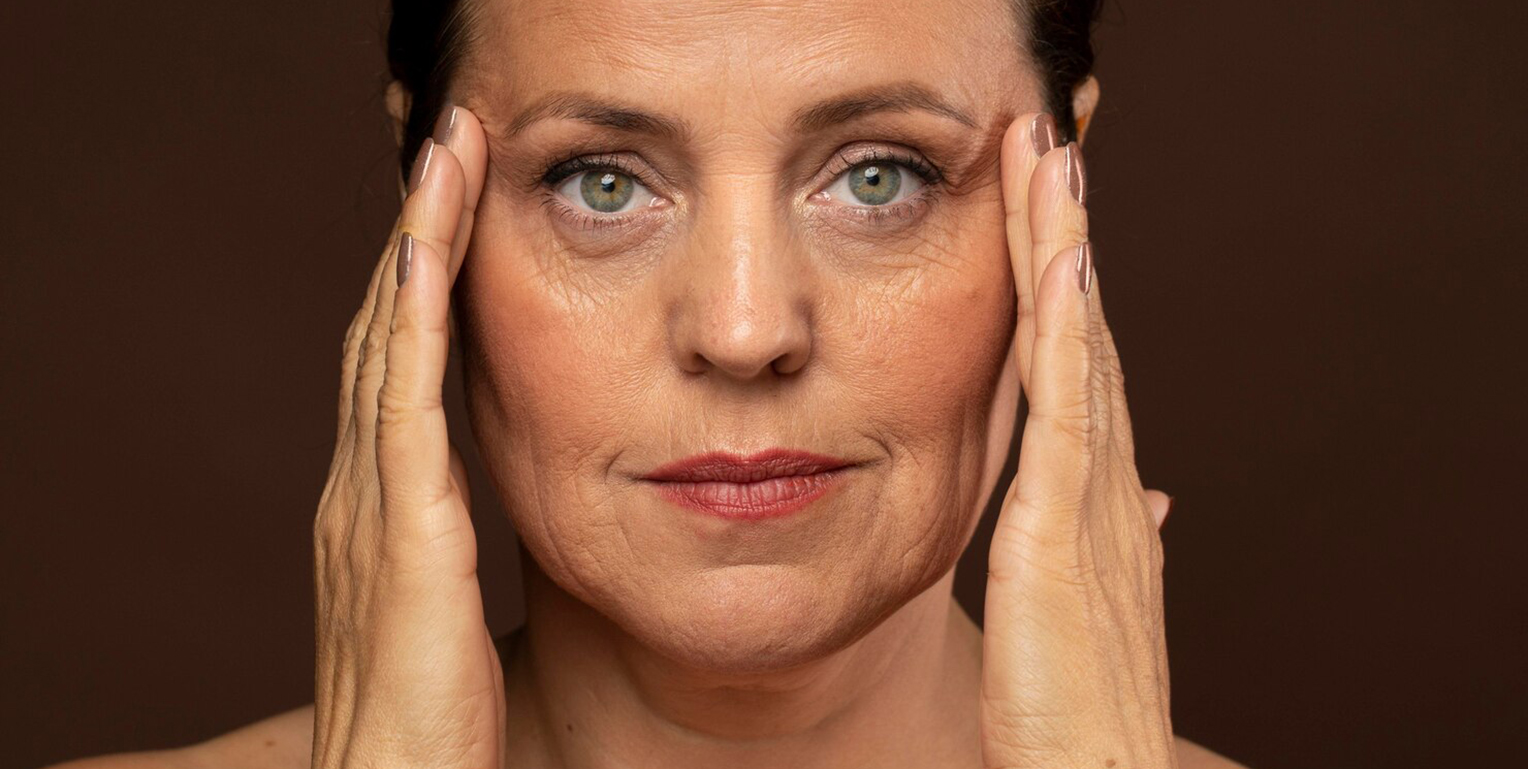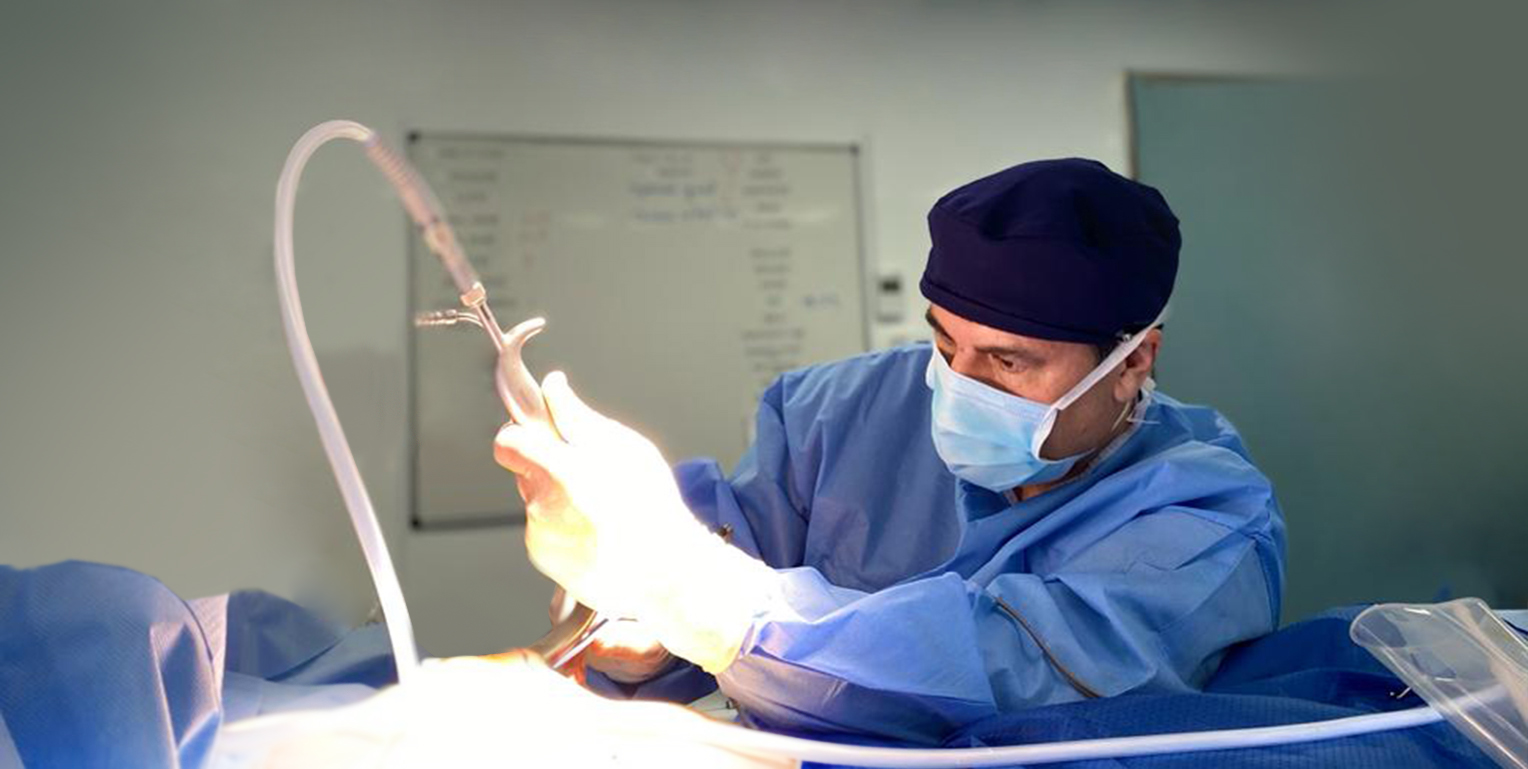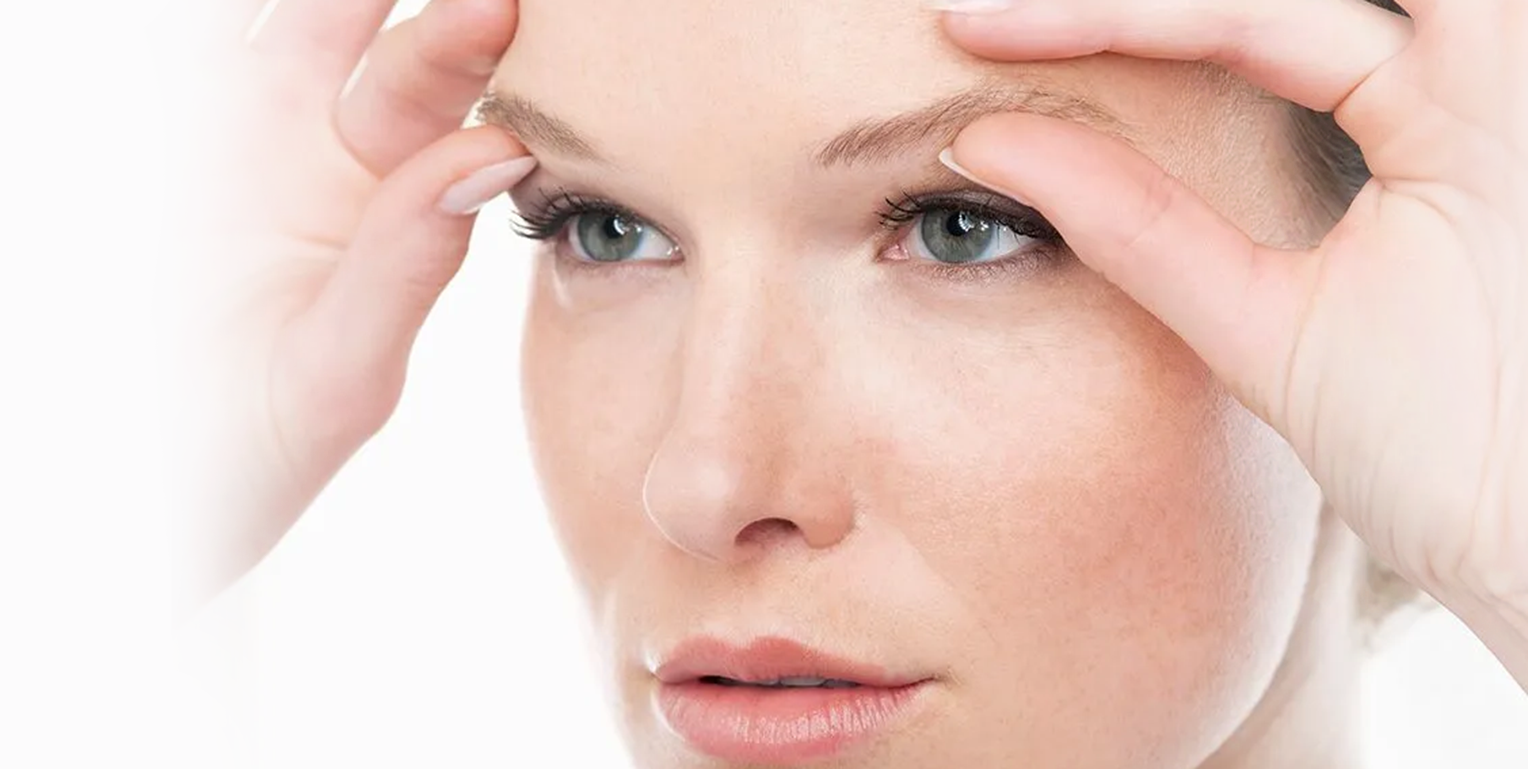Moles, skin tags, lesions and cysts are all extremely common skin abnormalities. There are so many different types of these lesions that whilst some people are untroubled by them, others prefer to have them removed – particularly if they cause irritation. The moles, skin tags, lesions and cysts are surgically removed.
Cysts are closed sacs that produce firm swellings beneath the skin. Cysts may become infected and require treatment with anti-biotics. They may also enlarge and become quite uncomfortable over time.
Moles are growths on the skin that range in colour from tan, brown and black. These can appear anywhere on the body, although they are more prevalent in sun-exposed areas. Most moles appear in early childhood and during the first 30 years of a person’s life, then as we age, moles usually change slowly, becoming raised and/or changing colour and sometimes become hairy. Some moles may not change at all, while others may slowly disappear over time.
Most moles and cysts are harmless & benign (non-cancerous) Sunlight may cause an increased number of moles or cause pre-cancerous changes due to ultraviolet A and B radiations.
Skin lesions exhibiting any of the following changes should be examined by a Doctor immediately:
- Rapid changes in colour, size or shape.
- Itching or Bleeding
- Change in sensation & discomfort
The Removal Procedure
A surgical excision can be applied for removing mole/ skin tag/ lesion/ cyst. The area around the unwanted mole/ skin tag/ lesion/ cyst is thoroughly cleansed, and then made clinically sterile before a local anaesthetic injection is administered around the area.
When the area is completely numb, the mole/ skin tag/ lesion/ cyst will be gently removed using the appropriate surgical or electrocautery instrument. A sterile dressing may be applied and then you will be able to go home as soon as you feel ready. Obviously, every attempt will be made to minimise any scarring that occurs from mole/ skin tag/ lesion/ cyst removal.
The procedure takes only between 20-40 minutes dependent upon their size and position on the body. As the surgical procedure is conducted under anaesthetic, and so is painless.
If there are any concerns about the character of the mole/ lesion then it will be sent to the laboratory for histological examination at additional cost.
Following The Procedure
There is seldom any pain during or after the procedure. The skin usually heals very quickly. You may notice some initial redness or swelling. The procedure will usually leave a scar. How big and noticeable this is will depend on the precise procedure and your body. It is quite normal for a scab to develop and this will generally heal within a week or two. Any inflammation will usually disappear within a few weeks. Most scars fade significantly over the first year. It is important to follow the post-op care instructions provided by Mr Rezai.
What Else Should I Consider?
It is important to remember that most moles/skin lesions are benign (harmless). If Mr Rezai has any concerns, he will suggest for the lesion to be sent for histology or testing to check that there is nothing suspicious. You can also request this as a matter of course to put your mind at ease and we will arrange it for you. Your GP will be kept informed throughout.
Risks and Complications
Thousands of mole removal treatments are successfully performed every year with no significant problems or complications. Mr Rezai will explain the risks associated with this procedure at your consultation. The treated area may leave a slightly raised or depressed surface, but this soon blends in with the surrounding skin.
For information concerning the risks and complications associated with Mole / Cyst Removal, please refer to Risks and Complications of Mole/Cyst Removal.

















